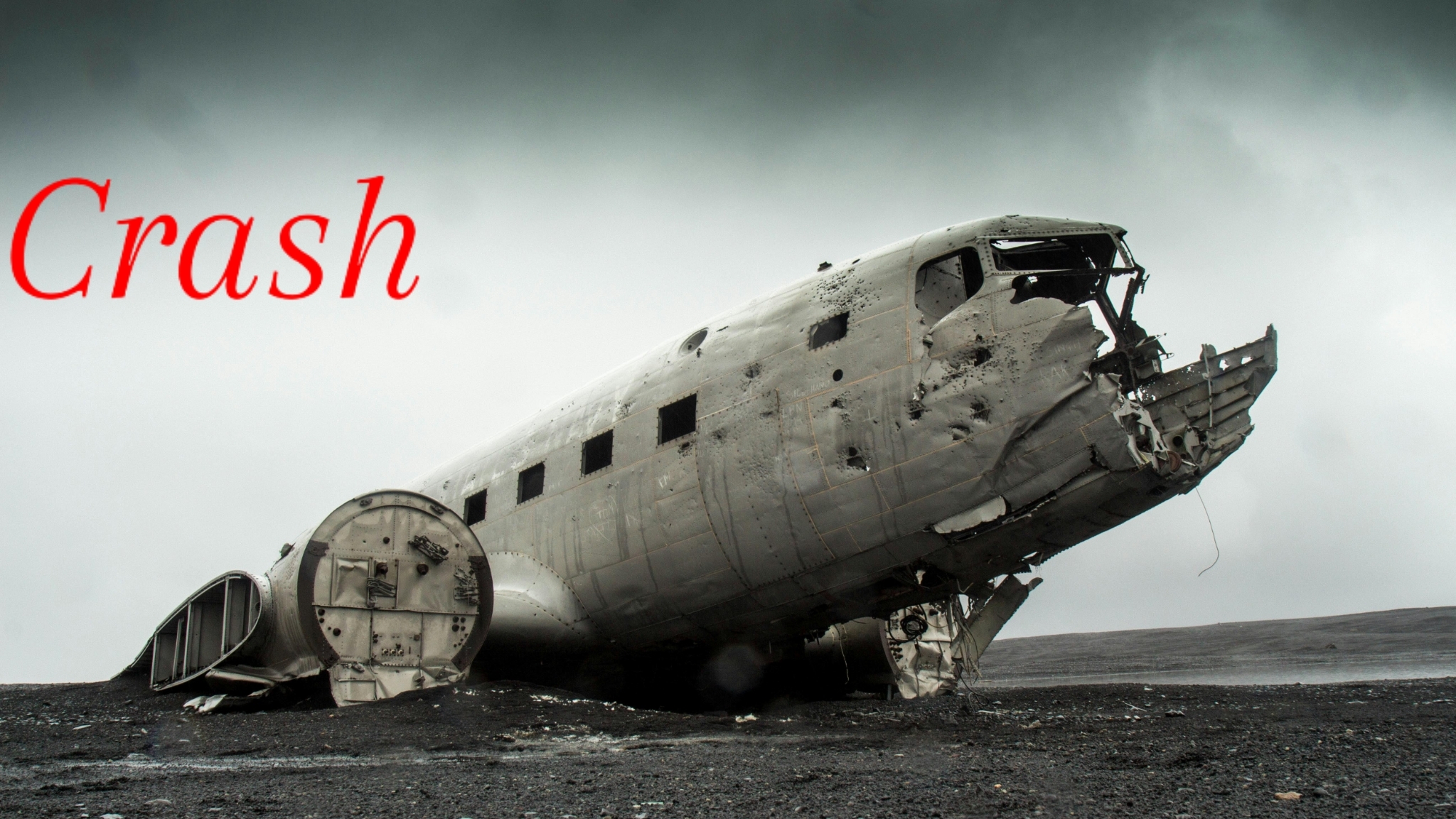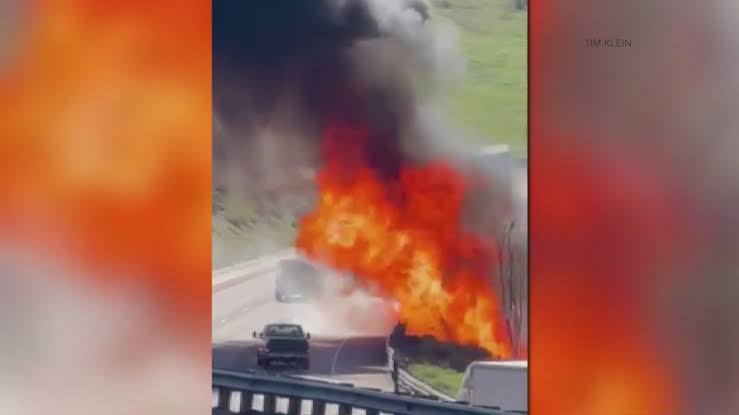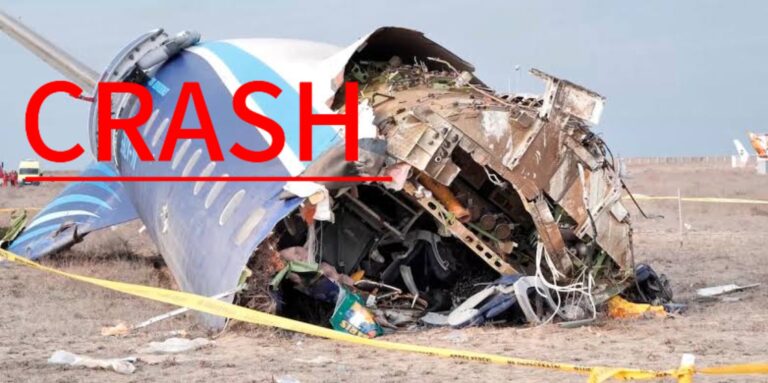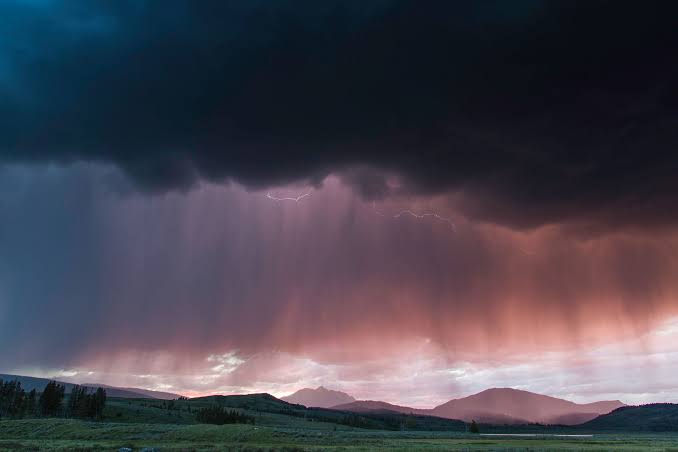
{"data":{"pictureId":"367f7d7884b5472fa81bbda689ef1a8b","appversion":"4.5.0","stickerId":"","filterId":"","infoStickerId":"","imageEffectId":"","playId":"","activityName":"","os":"android","product":"lv","exportType":"image_export","editType":"image_edit","alias":""},"source_type":"vicut","tiktok_developers_3p_anchor_params":"{"source_type":"vicut","client_key":"aw889s25wozf8s7e","picture_template_id":"","capability_name":"retouch_edit_tool"}"}
Thank you for the clarification! The crash you’re referring to is the crash of a Douglas C-47A-1-DK Dakota C.3, which took place on February22, 1945, in Mill Hill, London, UK.
The aircraft was operating as a transport plane for the Royal Air Force (RAF) during World War II. The plane crashed due to poor weather conditions, including fog, which led to a tragic outcome. There were 28 people on board, including crew members and passengers, and all of them were killed in the crash.
This incident is a reminder of the challenges faced by military transport aircraft during the war, especially when navigating in adverse weather. The crash occurred near Mill Hill, a district in north London, and is a part of British aviation history.
Thank you for the clarification! The crash you’re referring to is the crash of a Douglas C-47A-1-DK Dakota C.3, which took place on February 22, 1945, in Mill Hill, London, UK.
The aircraft was operating as a transport plane for the Royal Air Force (RAF) during World War II. The plane crashed due to poor weather conditions, including fog, which led to a tragic outcome. There were 28 people on board, including crew members and passengers, and all of them were killed in the crash.
This incident is a reminder of the challenges faced by military transport aircraft during the war, especially when navigating in adverse weather. The crash occurred near Mill Hill, a district in north London, and is a part of British aviation history





